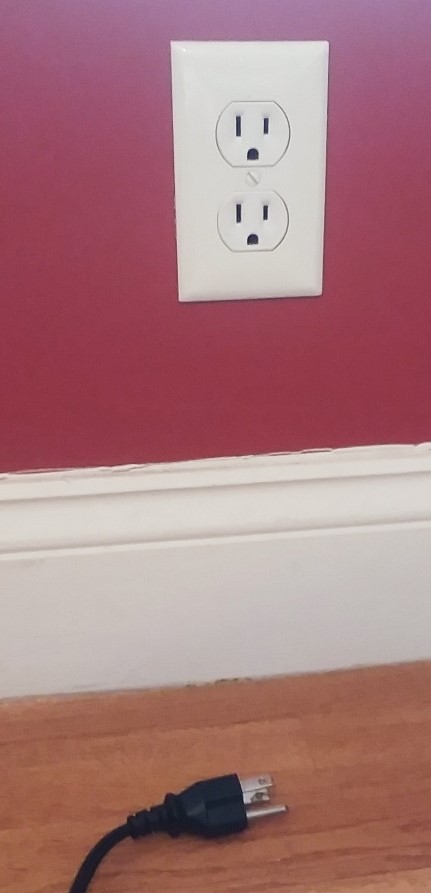As a young dance student, the ideal body image for dancers was to be rail thin with very few curves. Yet Marilyn Monroe was the existing sex symbol of the day and was a curvaceous blond bombshell. That didn’t quite jibe with what I envisioned for my young developing body if I was to ever reach my goal of being a professional dancer. It was hard to rectify the two different images – round, soft, and blond with thin, muscled, and athletic. One image reflected the current society’s ideal of womanhood and the other reflected my personal dream of being a dancer.
Are we tall or short, thin or stocky, curvy or lean, long-legged or big-busted, blue or brown eyed, blond with straight hair or black with curled hair? As an adult, we sometimes can see the beauty in all the many splendiferous variations in female appearance. But how many of us, deep inside, still harbor the sense that whatever we look like is not the right image? Did we grow up in an era when a beautiful woman was seen as tall, long-legged, thin, with straight brown hair? Or did our society see curvaceous, short, buxom, curly-haired red heads as the most desirable? Furthermore, what skin tone was the most admired? How could we not measure our own bodies against the picture of perfection that was held up to us in movies, magazines, by celebrities, fashion, and artwork?
If we weren’t in the small percentage of females that looked like whatever was the passing image of beauty at the age when we began to notice society’s standards of attractiveness, what did that mean to our sense of self-worth? Nowadays, girls as young as 3 years old are highly conscious of how they look in relation to others. And if they are subjected to criticism, no matter how oblique, it will begin to erode their sense of self-worth. One of my granddaughters began to feel very unhappy with her naturally spiral-curled dark hair when some of her pre-school mates talked about how different their hair was from hers in a somewhat derogatory way.

When we are subjected to comments like these, along with persistently seeing the current admired models of feminine beauty (which may not match what we look like), we begin to objectify ourselves. We start to see ourselves from the outside, the surface, rather than view ourselves from the inside. We begin to separate who we are internally from who we are externally. This disconnection of inner and outer can cause us to feel inauthentic. If we strive for an external appearance that is not in alignment with who we really are, then we can begin to believe we are not good enough.
If we can separate or disconnect from ourselves, then it becomes easier to disconnect from others. We may begin to believe that some people are better than others which is the beginning of prejudice, us vs. them thinking, which can eventually result in bullying, exclusion, and marginalization.
Another result of this disconnection can be that we see ourselves in pieces. My legs are good but my arms are saggy. I like the color of my eyes but my nose is all wrong. Each of us can spout, ad infinitum, a list of the “undesirable” parts of ourselves. When we deeply dislike a part of ourselves, our negative thoughts, words, and actions can affect those areas of our bodies. While we berate ourselves, the cells in that area hear the judgement. Just as cells are capable of holding emotions surrounding events in our lives, they will also internalize our feelings of dislike. That area may become stiffer, less pliable, less willing to function with the rest of the body. We may find ourselves injuring that area more often and we may gradually feel a numbness there.
Try this experiment: lie down on your back, close your eyes, and create an outline of your body in your mind’s eye as if you were drawing with a pencil. Are there places that seem more difficult to trace around than others? Could that be an area that you have disconnected from?

Our disdain for ourselves seems to grow as we get older. We notice wrinkles, extra flesh, and, horrors, grey hair!
Let’s ask ourselves what our preconceived notions are? Do we honestly think that as we grow more mature that we will remain as we were when we were 20 years old? How could that be possible? Is older automatically uglier? Only younger prettier? Could the lines and changes in our faces actually be visual reminders of the wisdom we have gained through the years instead blotches and blemishes that we want to disown? Could we instead be proud of the history that shows up on our faces?
Why aren’t we enough as we are? Others love us as we are, why can’t we?
Augmentation to and decoration of the body has been found in all cultures throughout time. It is not the same thing as thinking we aren’t enough as we are, unless we are making modifications to distort ourselves or trying make ourselves look like someone else. Enhancement by jewelry, hair color, tattoos, and scarification can symbolize something deeply spiritual or emotional about ourselves, bringing to the surface what is inside of us. However if we feel compelled to do any of these things just to fit a preconceived notion of what is acceptable by society then we are not reflecting our own truth or our own authenticity. However, there can be a fine line in making modifications. Changing ourselves because we feel healthier, like losing weight, is vastly different than undergoing multiple plastic surgeries so we can resemble a Barbie doll.
Let’s embrace the areas of our body that we have criticized and learn to be grateful for the bodies that we have. Enjoy what they do for us. Appreciate how they carry us through our days and nights, gifting us with the unique perspective they give us. Whether we are able to look over the heads of everyone else, bask in the sunshine without worry of sunburn, or have strong thighs and calves that enable us to bicycle long distances.
We are uniquely ourselves and there is no one else exactly like us. We have our individual issues and challenges but we gain so much from our own way of being, physically, emotionally, mentally, and spiritually. The way that we view ourselves is how we present ourselves to others. If we believe we are beautiful both inside and out, that is how we will display ourselves to others. Let’s celebrate ourselves!
If we could embrace diversity in appearances and therefore embrace our own individual differences, perhaps we could begin to become more tolerant as a society. Perhaps our daughters would not feel so stigmatized if they didn’t feel compelled to conform to a current and passing ideal of beauty. Perhaps we would all become more comfortable in our skin.


